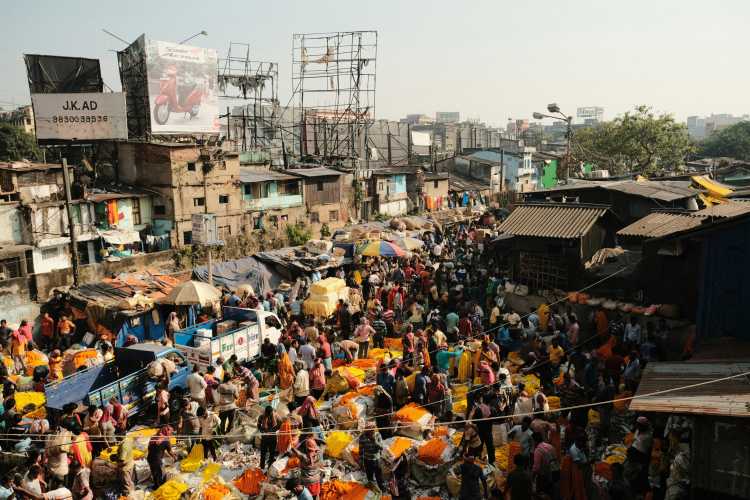
As the government prepares for the 80th round of the National Sample Survey, it is considering expanding surveys on domestic tourism expenditure, health, and household travel. These surveys are expected to be launched by the ministry of statistics and programme implementation next year. The goal is to gather crucial data on various aspects of living, such as healthcare utilisation, travel patterns, and tourism expenditure. The information collected will be used by government agencies like the ministry of railways and the ministry of tourism to make informed decisions and shape policies.
The three surveys under discussion will each span a year, with the health survey set to be launched in January 2025. The surveys on household travel and domestic tourism expenditure are expected to begin in July. The household travel survey was specifically requested by the ministry of railways, aiming at gathering detailed information to assess the price elasticity of travel demand and assist in formulating a coach production plan.
READ | India’s biofuel push raises food security concerns
NSS on health and travel
While the health survey was part of the previous NSS round, it covered only a limited number of health-related topics. The upcoming survey will be more comprehensive. Meanwhile, the tourism survey, the third in its series, will be invaluable to the ministry of tourism. The ministry heavily relies on data from the domestic tourism survey to guide its policies and strategies.
As data on tourist behaviour, preferences, and spending patterns is collected, the ministry of tourism can better align its initiatives with industry trends. This information may also be used to generate estimates for various parameters of the Indian tourism sector, as well as for the United Nations World Tourism Organisation.
Controversy over national sample survey
While the NSS is a critical tool for information gathering, it has been surrounded by controversy, particularly regarding the robustness of data collection procedures in India. In 2023, an article by a member of the Economic Advisory Council to the Prime Minister raised doubts about the soundness of data collection procedures in some national-level surveys, including the NSS, the National Family Health Survey (NFHS), and the Periodic Labour Force Survey (PLFS). A major overhaul in sampling was proposed to ensure that survey estimates more accurately reflect the ground reality in the country.
The National Sample Survey Office (NSO) is responsible for conducting extensive research on various aspects of Indian society, including large-scale surveys like the Annual Survey of Industries (ASI), the PLFS, and the Household Consumption Expenditure Survey (HCES).
In the past, some assessments have faced criticism for underestimating the urban population or significantly overestimating the rural population. Whether the sample survey underestimates or overestimates a population is less important as long as it captures the major socio-economic indicators related to the subjects of interest.
The NSS has consistently struggled with underestimating the population, particularly in urban areas. While the number of households estimated by the NSS aligns closely with census data, discrepancies in population figures raise concerns about the survey’s accuracy. Despite this issue, the NSS data on household-level indicators, such as consumption expenditure, is considered relatively reliable when viewed on a combined rural-urban basis.
The government also faces the challenge of non-response in household surveys. Wealthier households are more likely to refuse participation, which can skew survey results. Although the survey methodology includes provisions for replacing non-respondent households with similar ones, this process can introduce a downward bias in income estimates. However, since most government welfare programs target low-income households, the overall impact of non-response on key household-level indicators is likely minimal.
To address concerns about the underrepresentation of wealthy households, the survey methodology could be enhanced by incorporating a supplementary sample drawn from alternative data sources. This approach would provide a more comprehensive representation of the population and improve the accuracy of survey results for high-income households.
While all the surveys listed adopt scientific sample designs, which are acknowledged at the international level, experts have suggested there is room for improvement, particularly in sample design. In the past, the government has undertaken several exercises to improve sample design through extensive consultations with leading experts. Renowned economists, statisticians, and demographers have contributed to the development of NSS methodologies by participating in dedicated working groups and advisory bodies. Their insights have shaped the survey’s structure and approach to ensure accuracy and relevance.
However, the government still needs to work on enhancing data quality. Strengthening training for field staff, conducting rigorous field inspections, and implementing data validation processes are essential steps. Effective communication and public awareness campaigns are also crucial for increasing survey participation. While there is always room for improvement in large-scale surveys, it is important not to dismiss their value entirely. These surveys provide valuable insights and form the basis for informed policymaking.
Anil Nair is Founder and Editor, Policy Circle.

